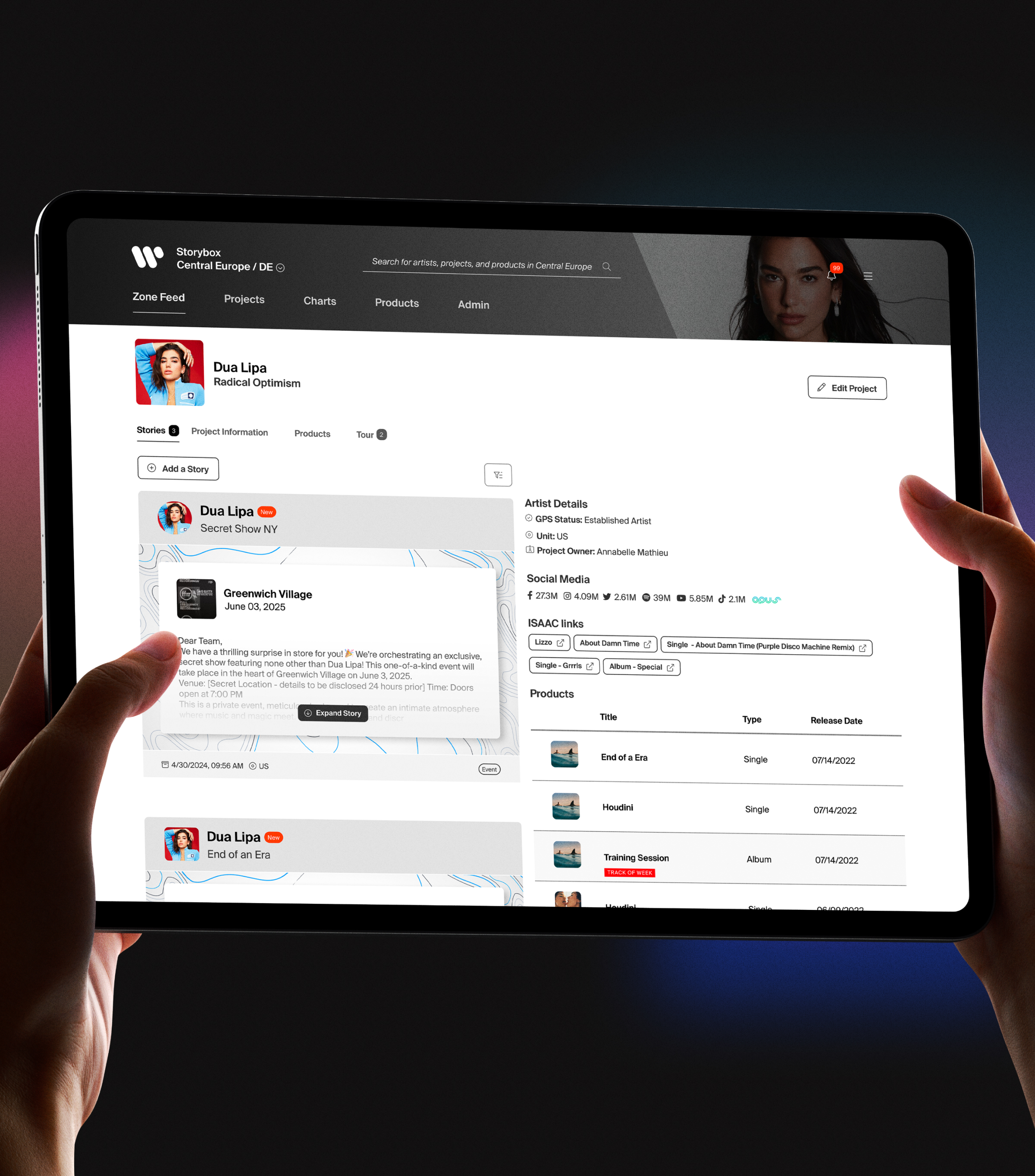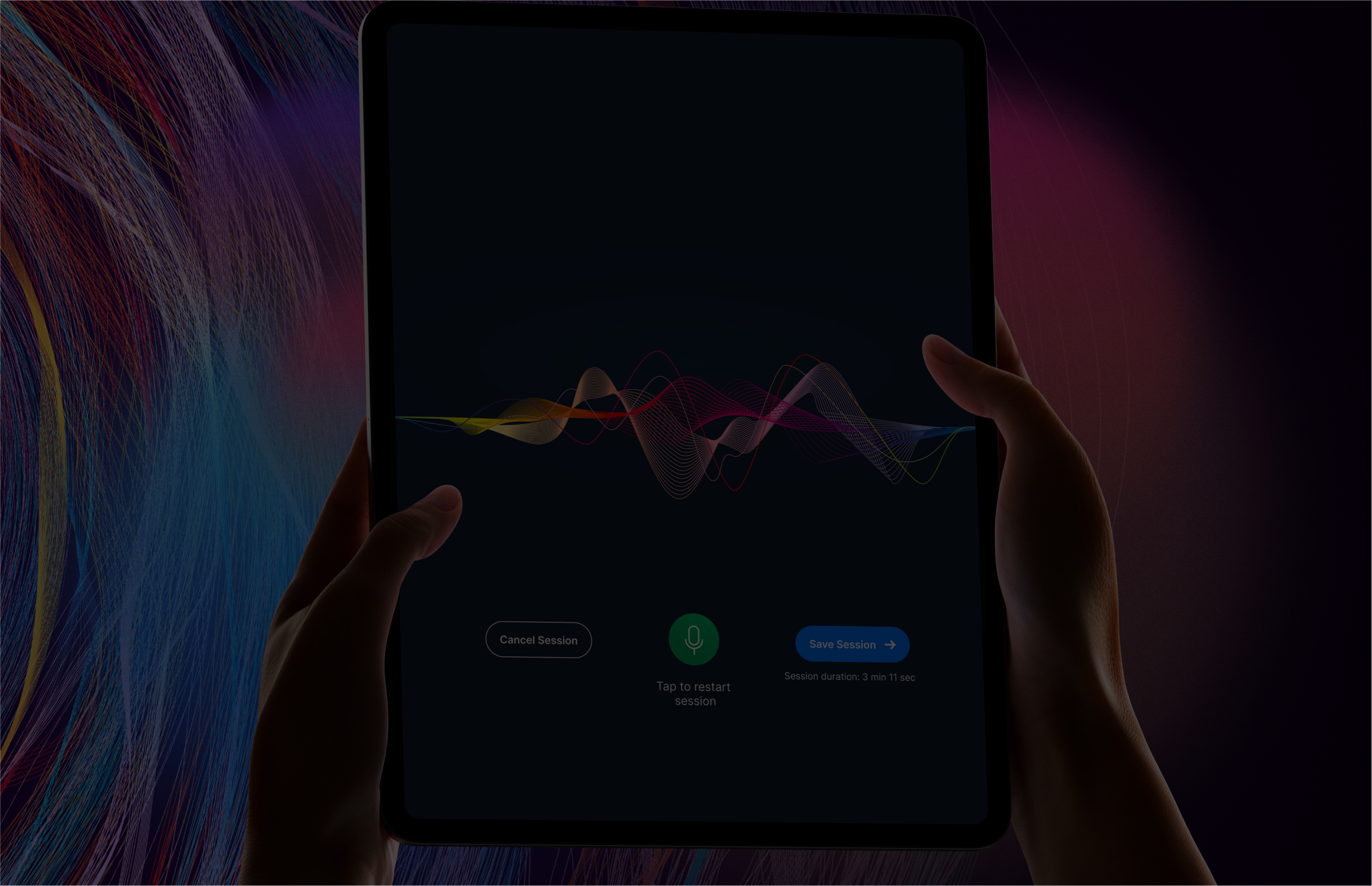
Dallas, Texas
AI-Powered Documentation Platform
Problem
Adoption Rate
Patient Satisfaction
Discovery Phase
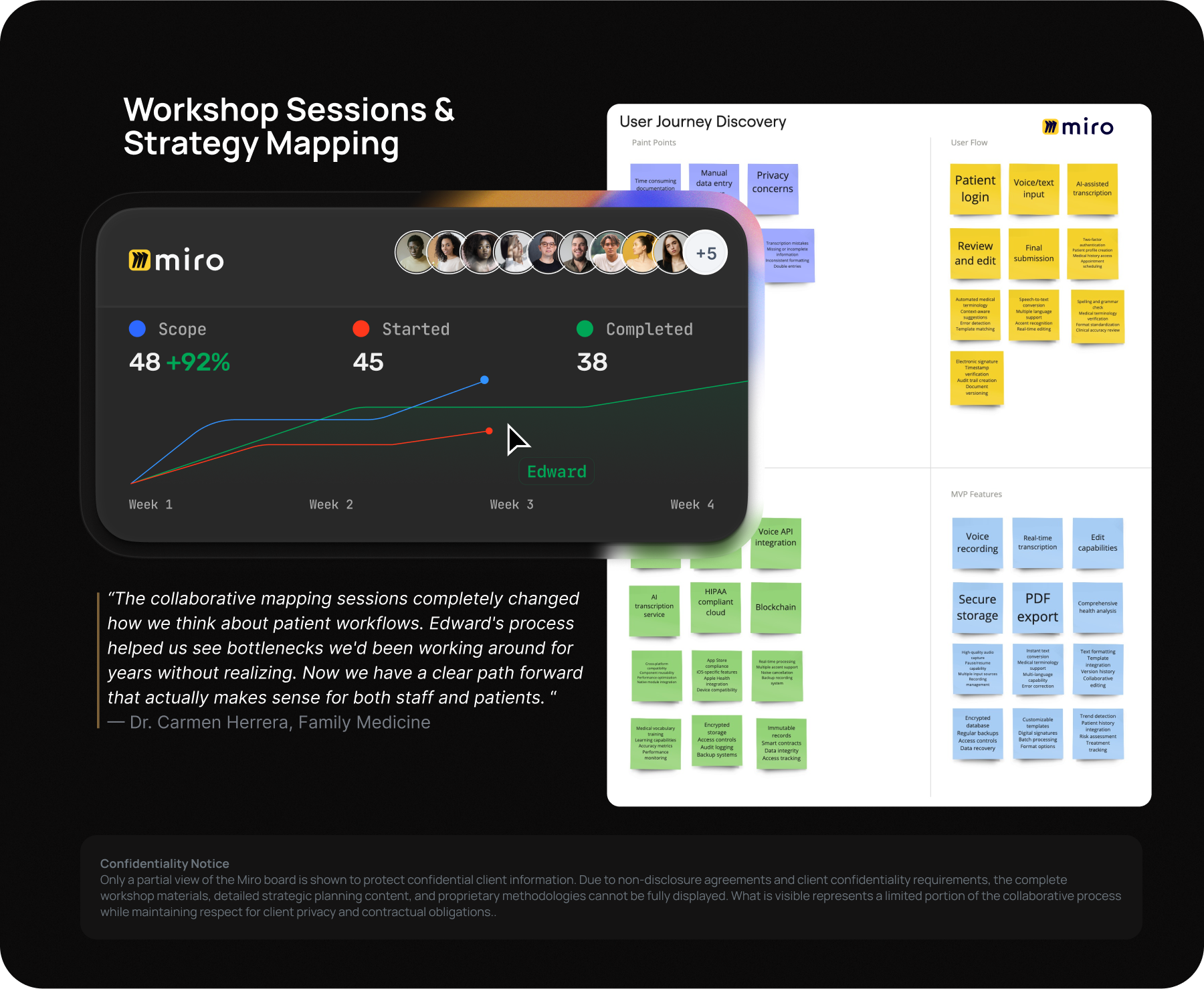

The Solution: Arthe
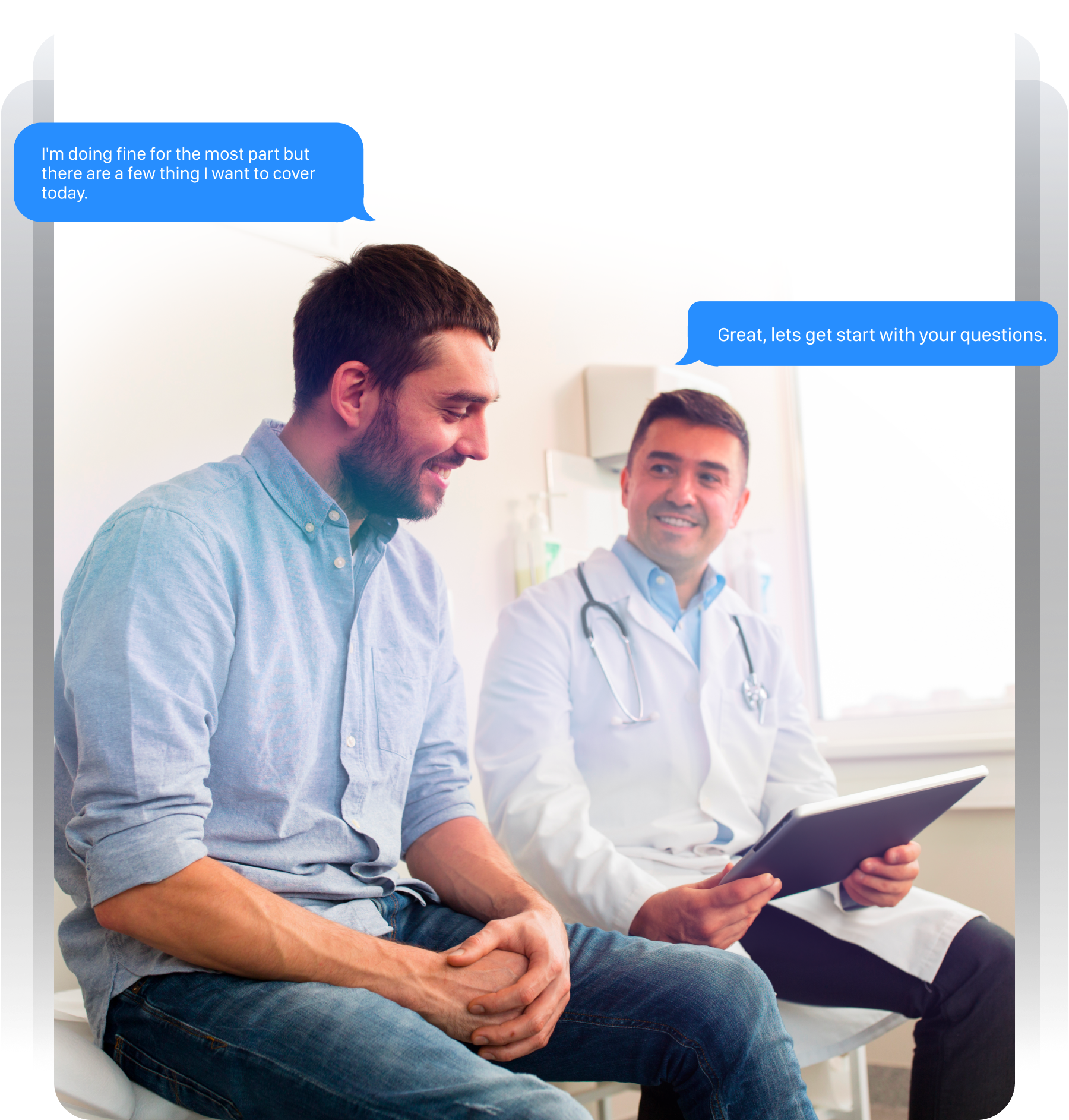
Technical Discovery
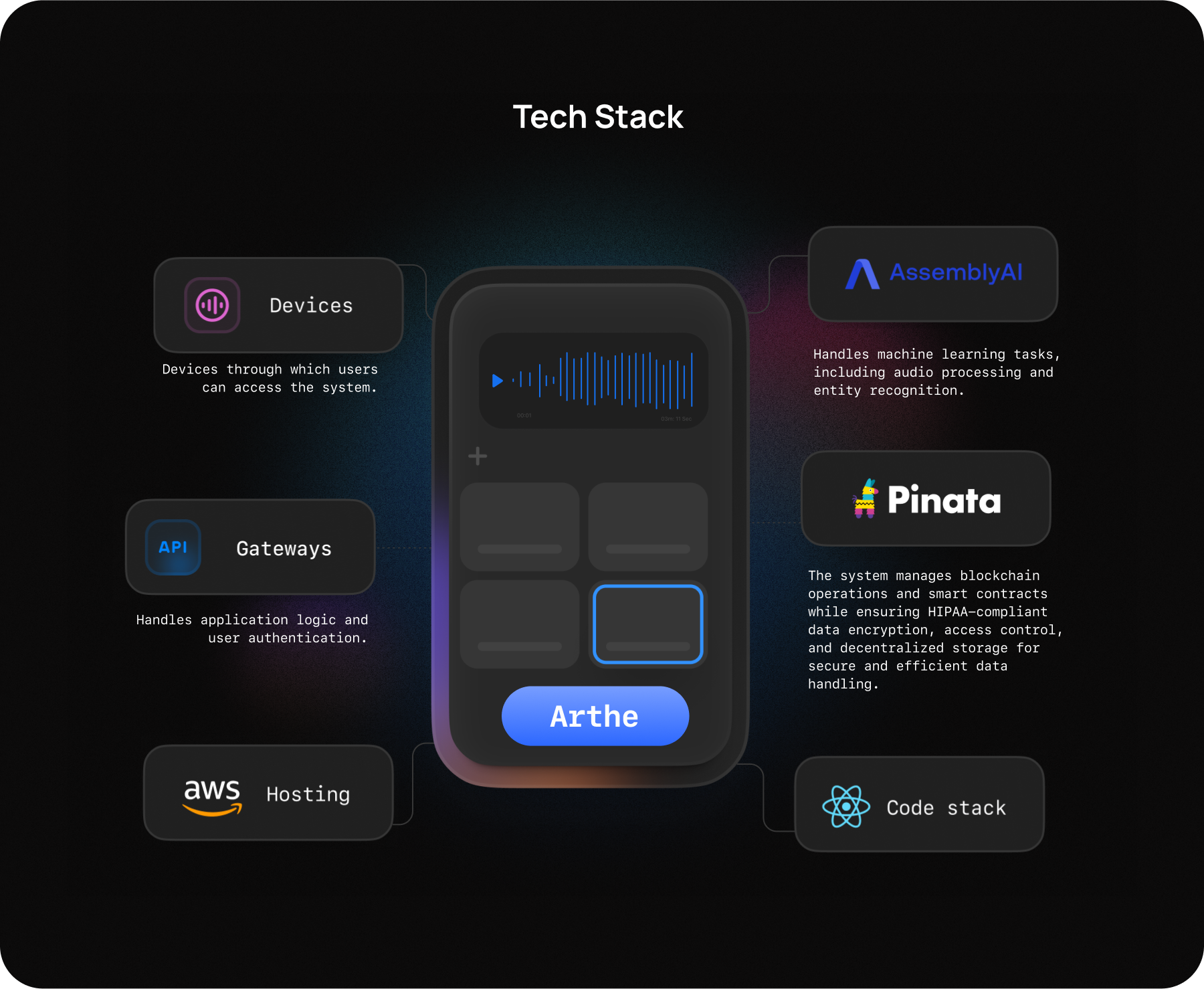
User Experience Strategy
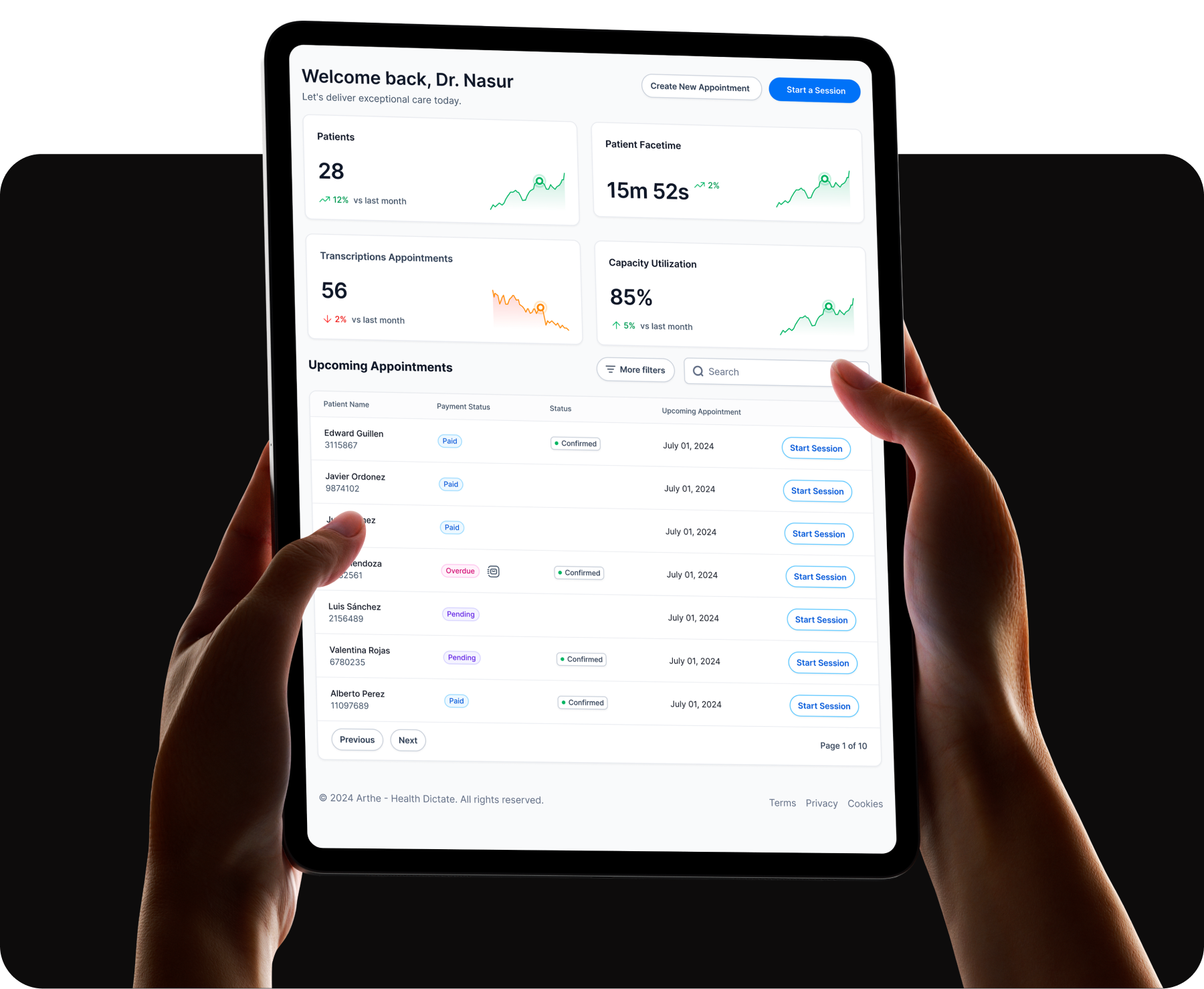
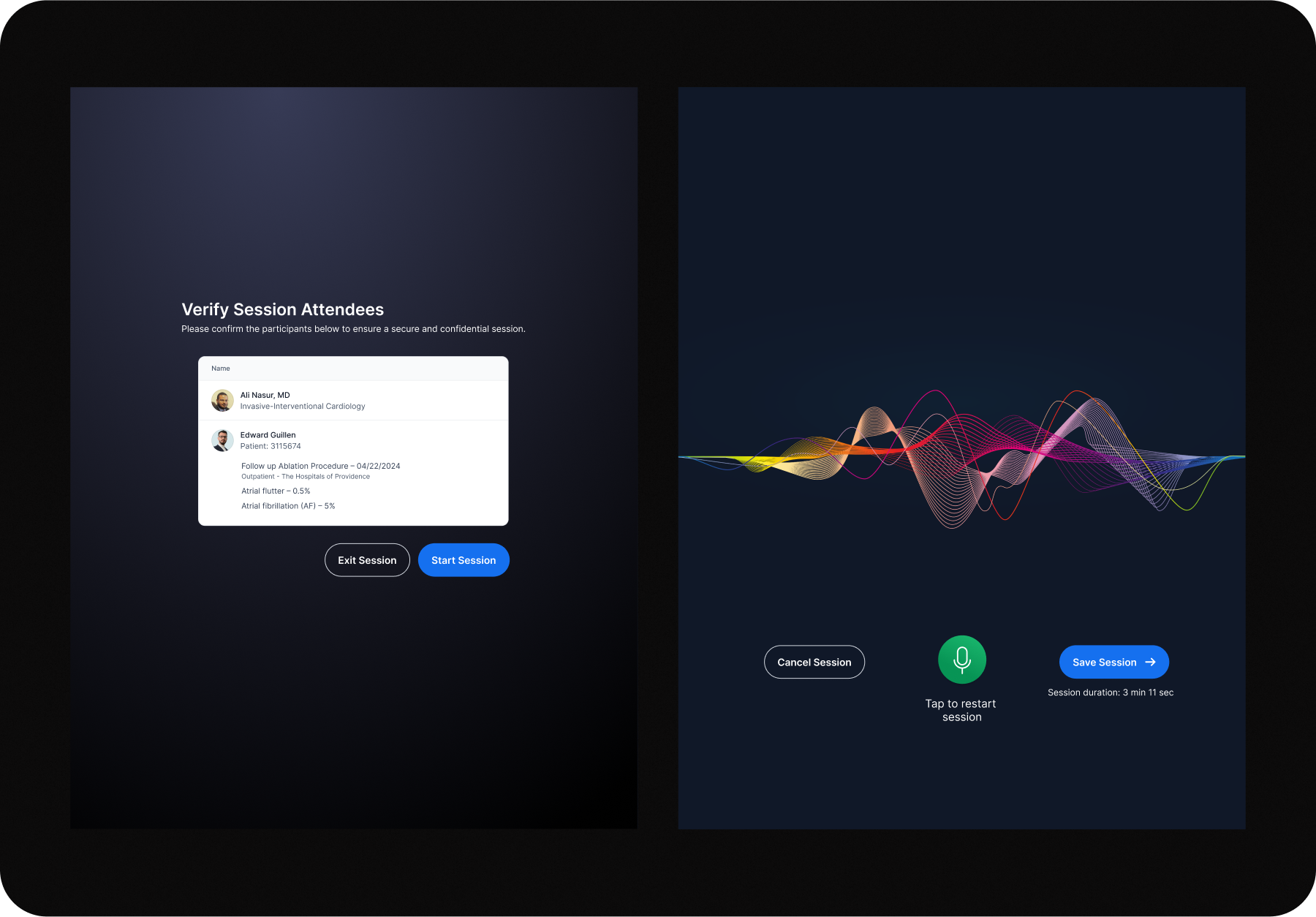
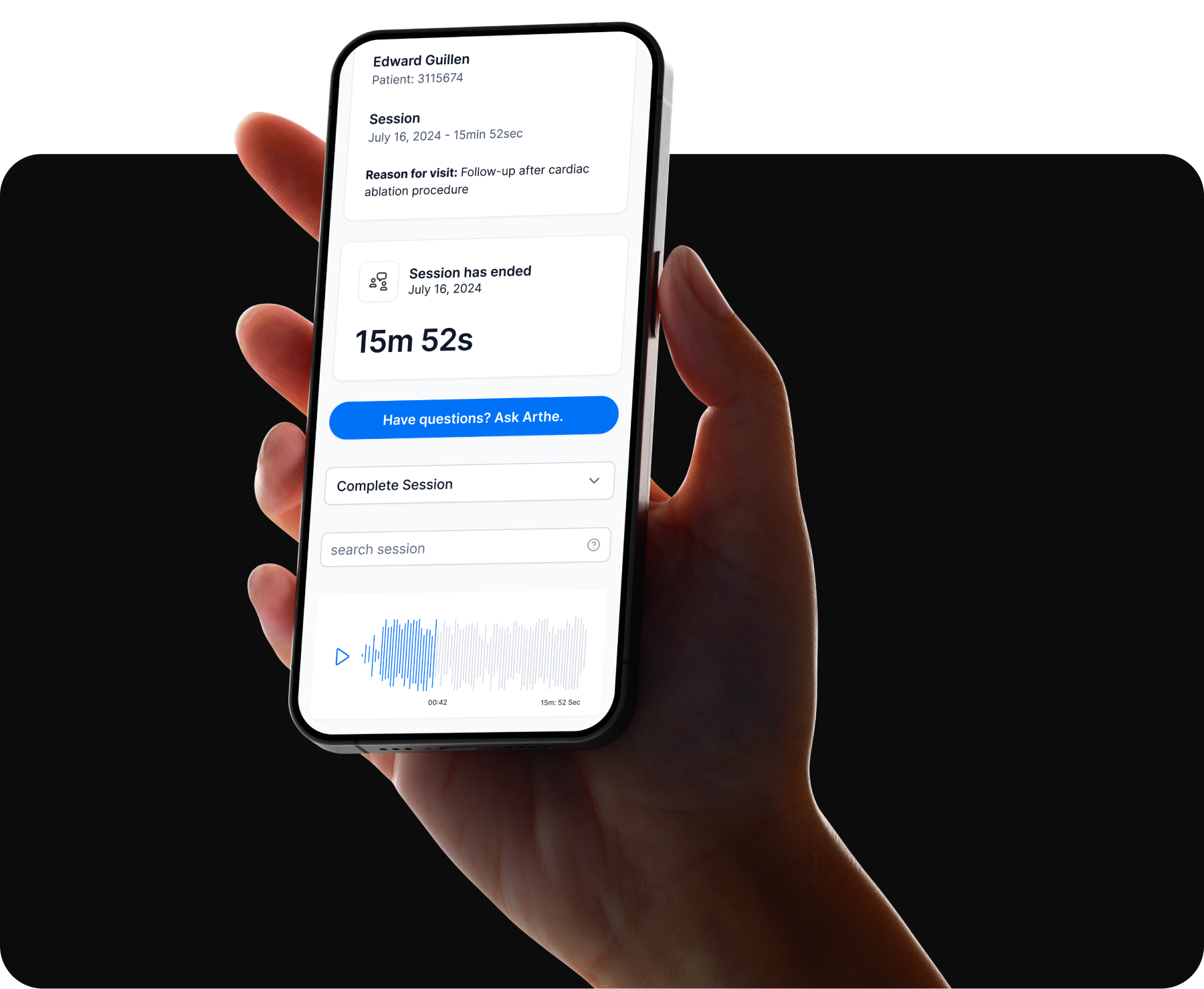
Results & Impact
"The interface is so intuitive and calming. As someone managing chronic pain, I can easily track my symptoms and communicate with my care team without feeling overwhelmed. It's like having a personal health companion."
— Maria Rodriguez, Patient
